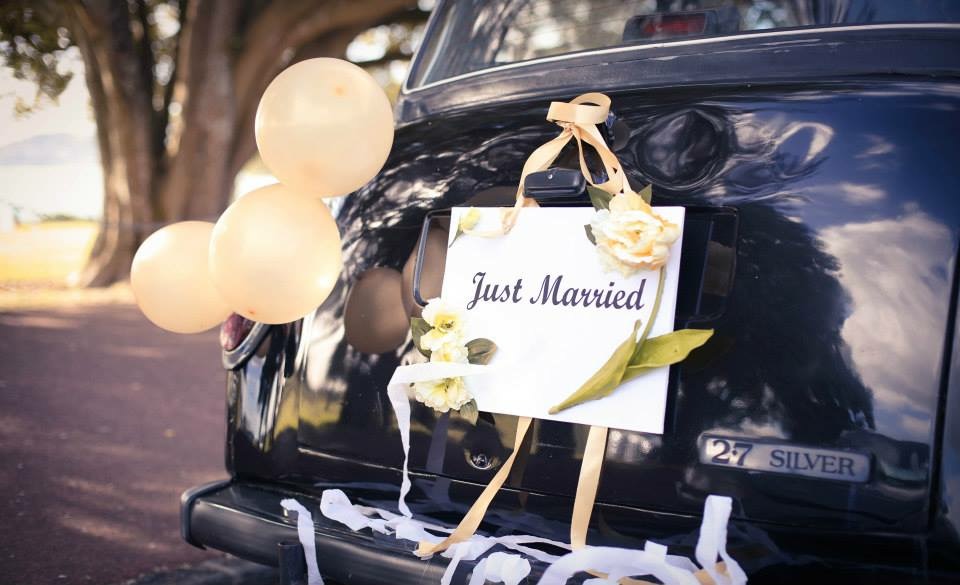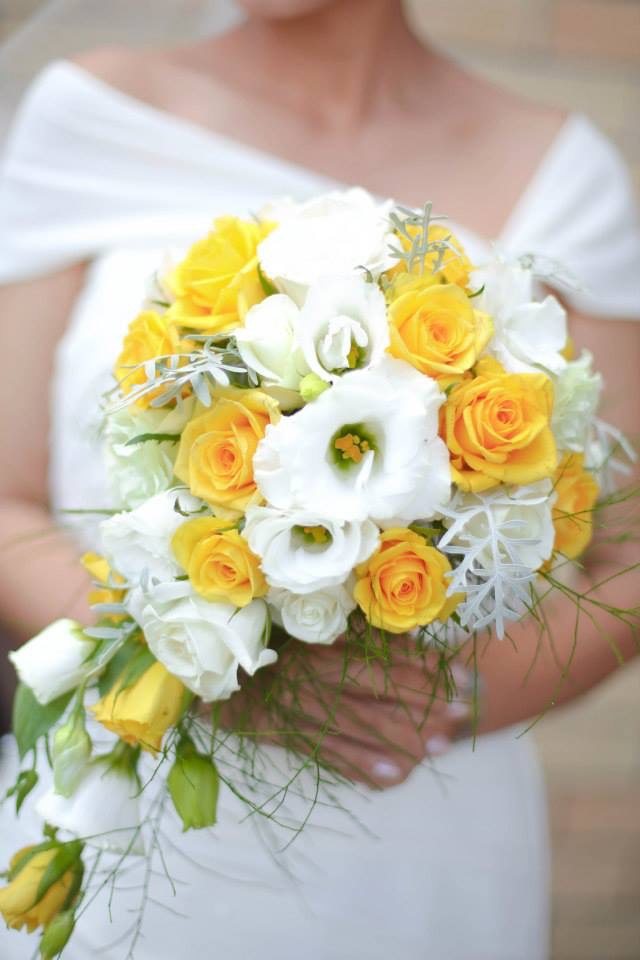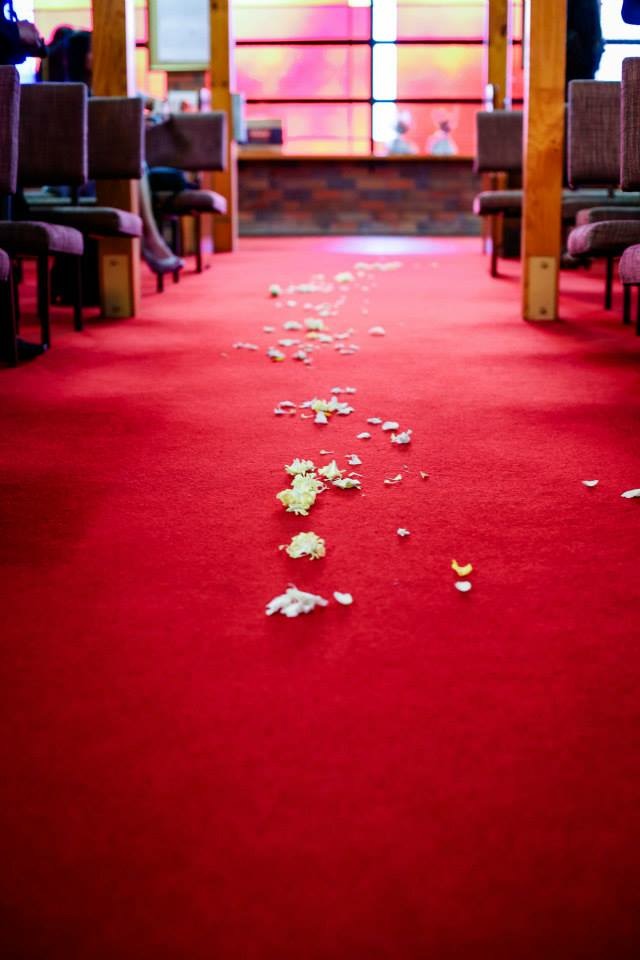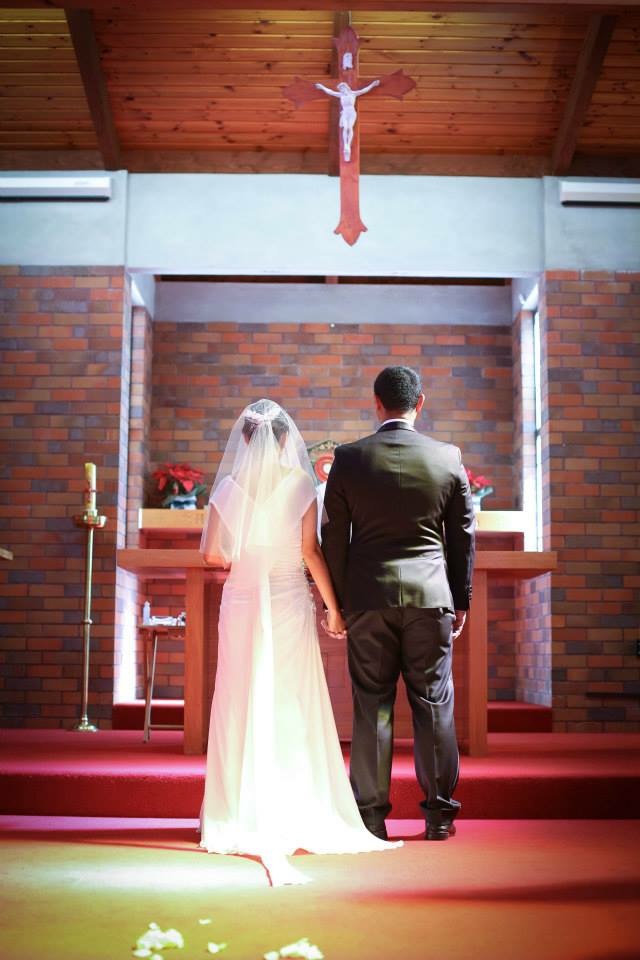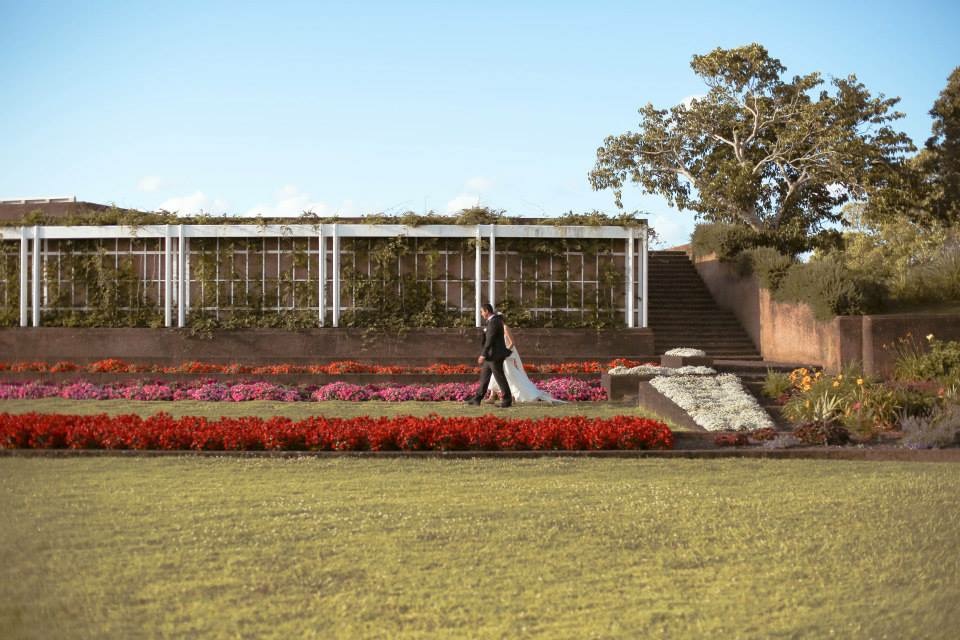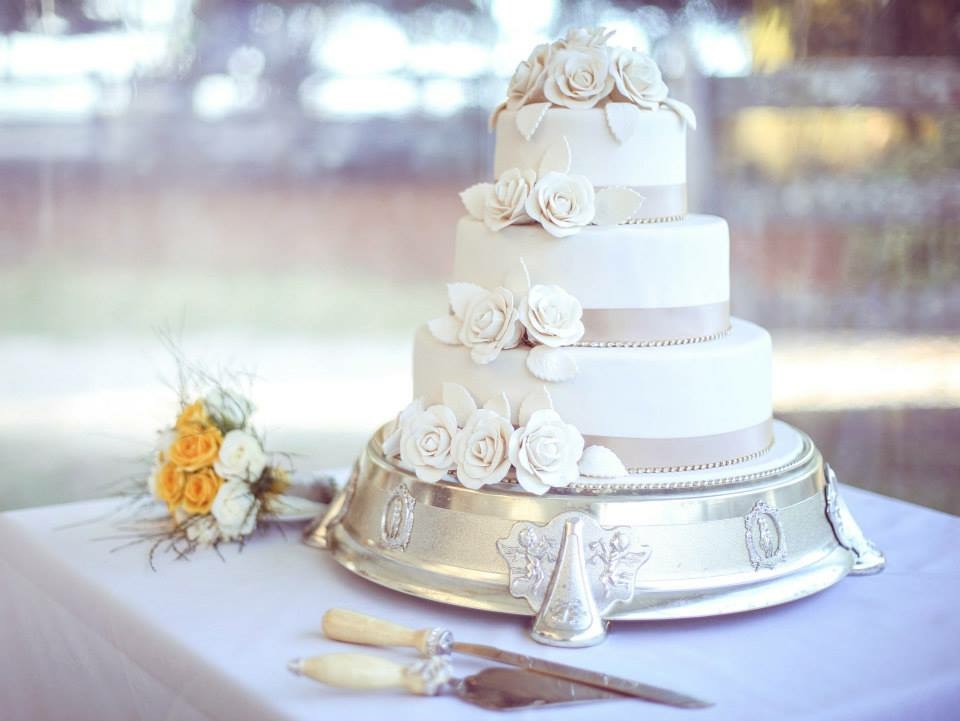Disclaimer: As what I put on Part 1, everything that’s written here is based on our own family’s experiences and based on my perspective and preferences. This is the second of the series where I’ll write about how we live (or survive perhaps) as a family away from our families and relatives in the Philippines.
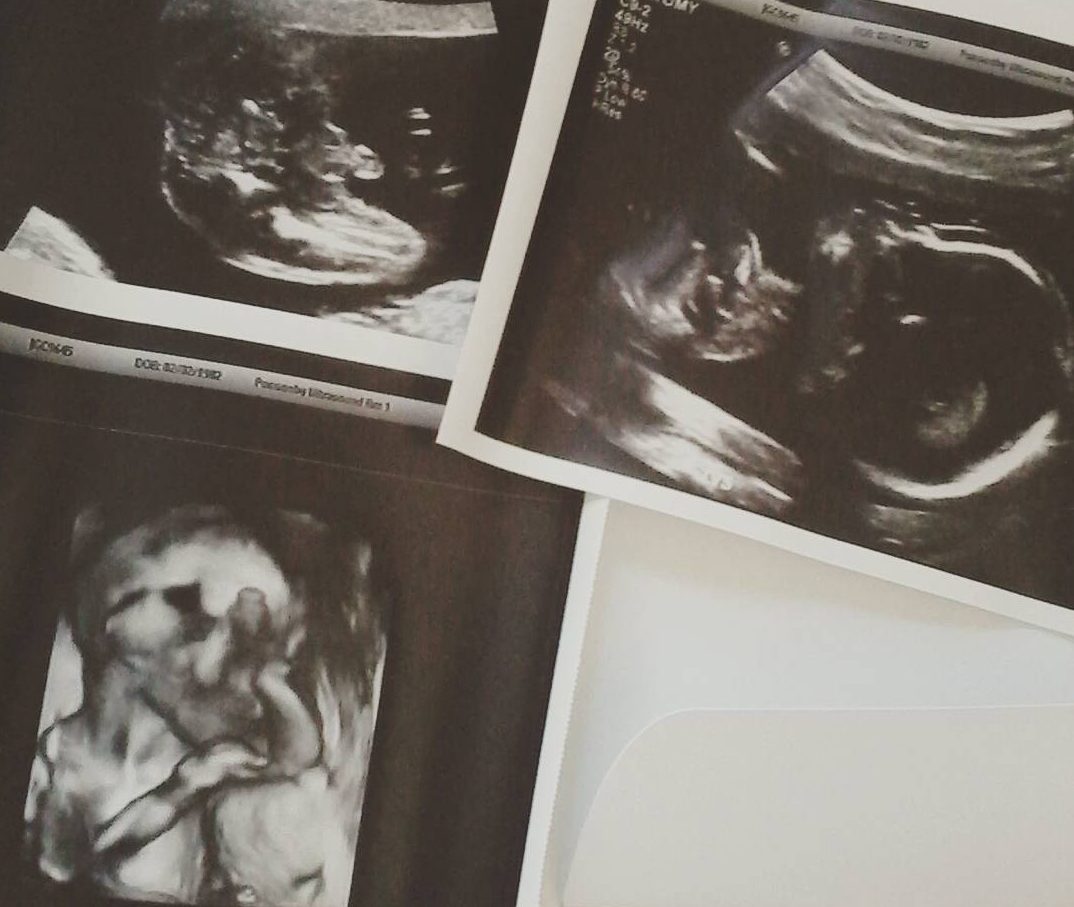
There’s a baby and it’s a boy!
When my first ever pregnancy test came back positive, I knew beforehand that it would come back positive. Two weeks before I took that test, I already felt that something different was happening inside my body. We did not tell anyone yet until it was confirmed by our GP (family doctor). My husband and I were very excited, of course! But we were also very nervous. Moreover, I was overwhelmed in both positive and negative ways because I was working on a project as a volunteer in a non-profit organisation where we were coming up with a tutoring program for the refugees and an ESL program specifically for Japanese migrants here. But as most mothers would surely agree with me, having a baby inside me gave me the most wonderful feeling ever. The second one was more of a surprise. We were in the Philippines when I felt that something was happening inside me. My husband and I did the test that turned out positive on the day before our flight back to NZ. We kept quiet until another test came back positive a week after we were back here in NZ.
In our experience here in NZ, as soon as the pregnancy test that we had at home turned out positive, we saw our GP to have it confirmed. Then our GP ordered me to undergo some blood tests and a scan (that’s how ultrasound is called here). Here is a bit of a guide about screening tests and scans that are being done here: Click here for the screening tests and scans info. Then I was prescribed to take folic acid, iodine and iron supplements.
My babies and I were under the care of our GP for most of the first trimester until I found a midwife. Finding a midwife here wasn’t easy based on my experience. My baby was due in June and winter starts in June here. When I rang almost five midwives, they were either “fully-booked” or going overseas for holiday (perhaps to somewhere warm). Yes, the lead maternity carer here is usually a midwife unless it is considered a high-risk pregnancy.
I had different Lead Maternity Carers (LMC) in my two pregnancies. The first one was in West Auckland and the second one was closer to our place. I loved the partner midwife of my first LMC. She was the one who helped my first-born to come out into this world. I would have asked her to become my LMC if she was still here in Auckland. I also loved my second LMC. She was very calm up to the extent of me imagining her as a great meditation guru.
My first pregnancy was difficult. I was experiencing nausea and all-day morning sickness almost in my entire pregnancy. I had some false alarms towards my due date as spots of blood would come out several times a couple of weeks before I gave birth. My second pregnancy was easier during the first half as I was even able to still go out and about with my first child and to still attend the workshops to finish some modules in the Playcentre course that I was completing at that time. It started to appear complicated when I had a bit of a fall down a ramp. I was admitted in the hospital for three days at my 28th week of pregnancy because a test indicating that the baby might come out early came back positive. They had to give me steroids to prepare the baby’s lungs in case he would have to come out prematurely. I had to come back to hospital almost twice a week for a month to be monitored. They had to do several anatomy scans during the last couple of months of my pregnancy to make sure that the baby was still growing and developing well inside. I was already being seen by obstetricians in the hospital then and they were coordinating with my midwife. Thankfully, both of my babies decided to stay inside me until their 38th week.
During my first pregnancy, my husband and I attended several nights of antenatal classes and I attended some sessions of pregnancy yoga on Saturdays. I only had the drive to do some walking during the last trimester of my first pregnancy but I managed to walk a lot during my second pregnancy.
OK, so how was my labour? And how did I give birth?
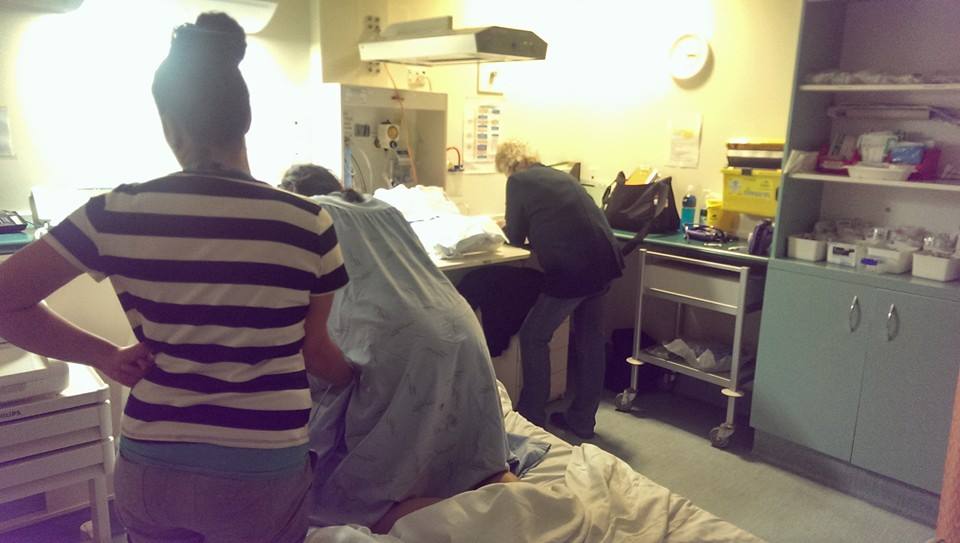
During my labour in the birthing suite, this was one of my positions next to standing on the floor.
My husband and I did not experience those “driving-fast-to-hospital-because-my-water-bag-broke” scenes in the movies. During my first pregnancy, I was in the hospital for two nights already before the big day because of the spots of blood that I had. The obstetrician was even considering to induce me. During my second pregnancy, my midwife asked me to go to hospital early in the morning on the day that I gave birth because it seemed like I was already in labour.
Both labours were indeed hard work, however, my boys did not let me suffer from labour pains for more than 6 hours. Moreover, they did not make me push as hard and long as the ones being portrayed in movies. Both came out through normal vaginal deliveries and I did not need any pain relief or epidural in both. There were no screaming inside the birthing suites as I also did not want anyone to be talking to me. I wanted complete silence! My first midwife made me stand for almost two hours while I was having those tremendous labour pains. She did not allow me to lie down or sit down. Gravity was indeed very helpful. Within 15 or 20 minutes after my water bag broke, our first-born came out. My second midwife had to pop my water bag as she believed that it would be helpful for my baby to go down quicker. I was lying down for most part during my active labour stage in the second one as I felt like I was already running out of strength and energy. I literally felt like I was dying soon at that time. Obviously, I did not! However, I did not have to actually push more than twice as my second son performed a great sprint when he was coming out. I am really, really thankful to my sons, to my midwives and to my husband who was present during the whole process (from making babies to taking care of them).

First of the most beautiful moments in my life…
Motherhood is a privilege and the greatest blessing from God.
During both of my pregnancies up to labour and birth of our sons, we did not have anyone to live with us as a support person. It was just me and my husband the whole time. We shared in household chores. My husband couldn’t even go to work sometimes because I wasn’t feeling so well or I needed him to accompany me to my check-up or to be with our first-born in the Playcentre. It was never easy for us but, as I wrote in my previous posts, being just us most of the time in those very challenging times has been wonderful. We continuously learn to hold on to each other and work together so that we can raise our family well.
There were times when we also asked for help and support from our families back in the Philippines and from the people who have been close to us here in NZ. We can say that we have had great support network here. It may not be the same as the ones whose families are just around the corner but the people whom we’ve had here are really great help to us. And we are forever grateful to them.
In both of my pregnancy, labour and birth experiences, I can say that we encountered big challenges. I had excruciating pains (who knows, my sons might have felt pains too). My husband had to deal with my mood swings and he has also had to adjust his lifestyle (i.e. no triathlons for three years now). However, in the midst of all the difficult years that we have had, I have no doubt that we are a family… that we are a team.
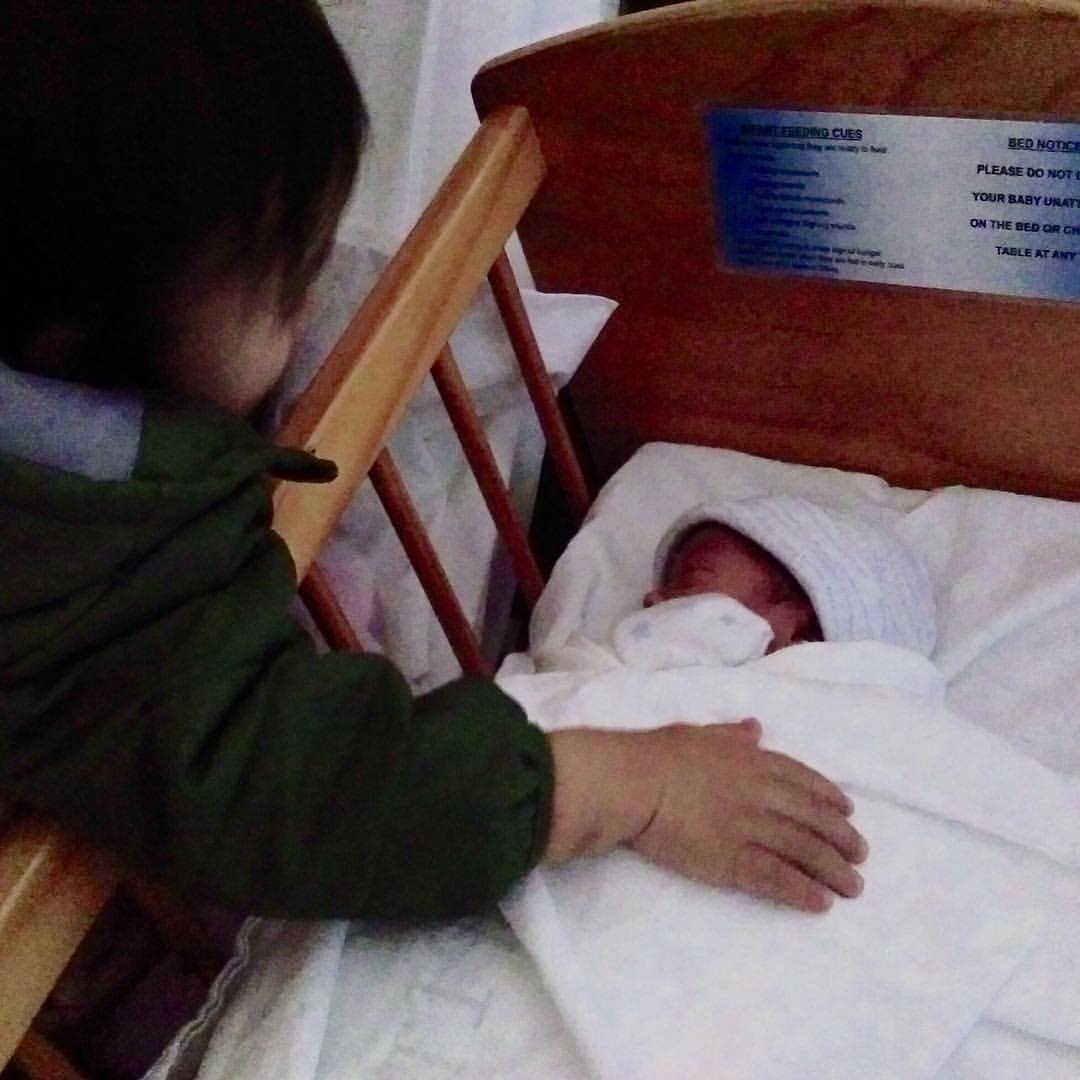
When the kuya met his baby brother
Side notes: We did not have to pay any of my antenatal check-ups with our GP and midwives. Blood tests and flu/whooping cough vaccines were free when I was pregnant. Antenatal classes were free. We never even had to pay the hospitals when I gave birth. We had to pay for scans and pregnancy yoga classes, anyway. (OK, my husband and I have permanent resident visa here. I’m not sure how it is for those with work visa.)
***Next part will be about how it is to have babies here in New Zealand.***

